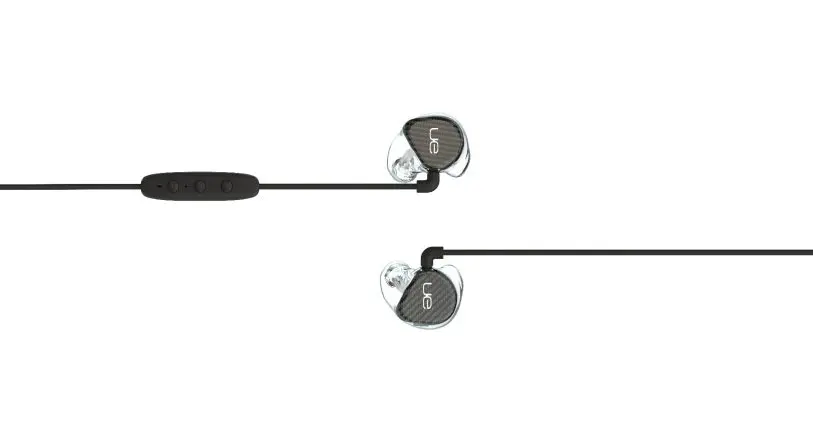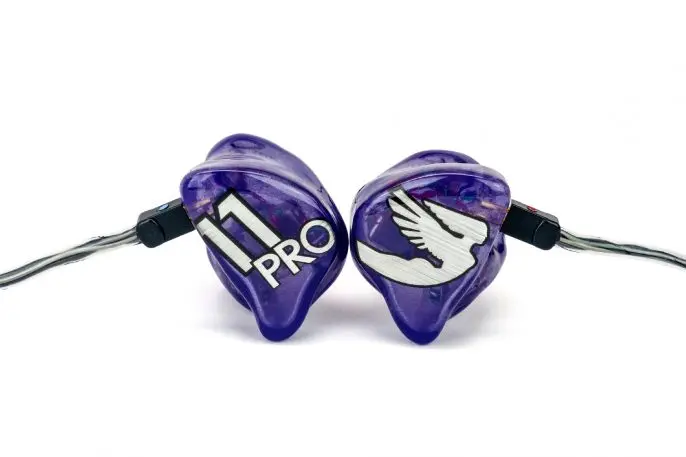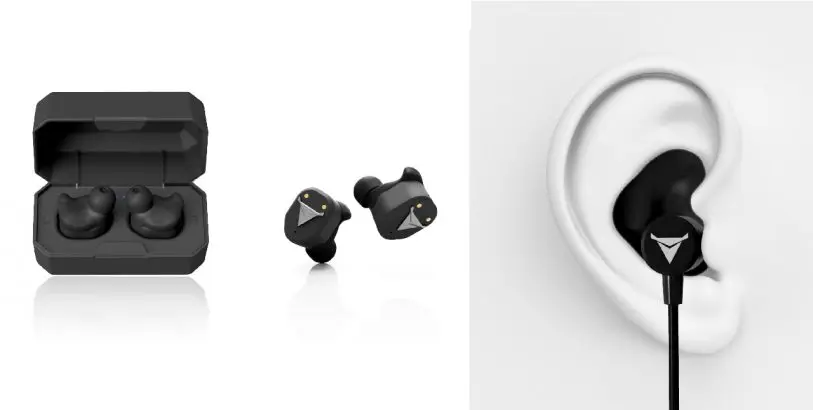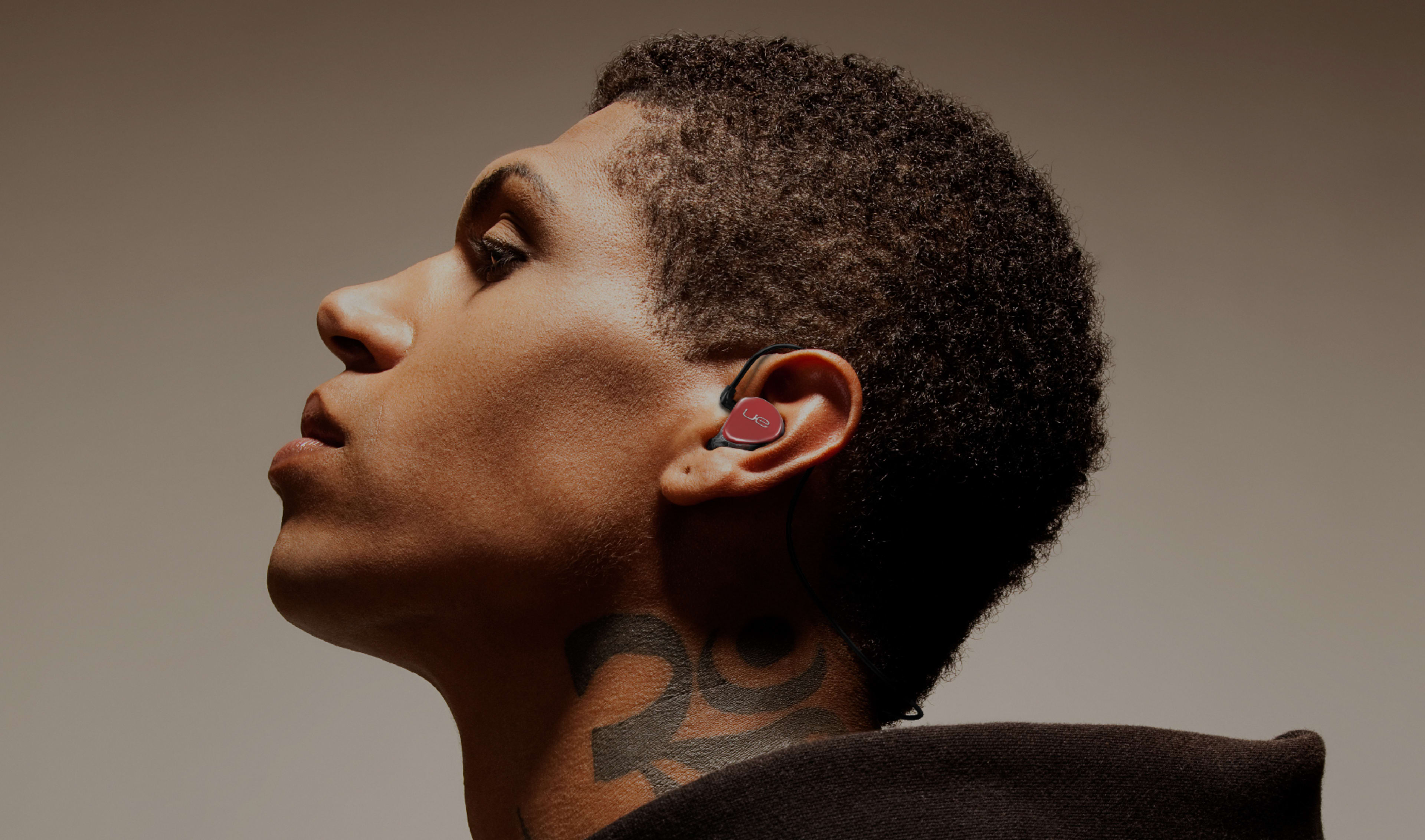Van Halen’s tour bus has been the setting for plenty of strange stuff. But between the sex, drugs, and rock ‘n’ roll, the back of the bus birthed a technological marvel. In the mid-1990s, looking to keep the band from going deaf on tour, sound engineer Jerry Harvey cooked up plans for the first set of in-ear monitors.
Essentially custom-fit earbuds, his invention revolutionized the touring industry. In-ears cleared the stage of those big, boxy black stage monitors blasting volume at the musicians, saving hundreds of artists from hearing damage. But the company he founded, Ultimate Ears, which has been owned by Logitech since 2007, has never been able to take the idea mainstream.
“Custom isn’t necessarily an attribute people know they should care about,” says Jonah Staw, general manager of Ultimate Ears Custom Earphones. “But people know what attributes they do care about. They want comfort, premium sound, sound isolation or cancellation, and they don’t want them to fall out. Custom delivers all that.”

UE recently acquired a startup called Revols and its do-it-at-home ear-mapping system to develop the Fitkit. The basic idea isn’t new: Another company, Eers, tried and failed to capture the market with a similar product a few years ago. But UE believes it’s the right time to broadcast the benefits of custom over the volume of Beats, Bose, Sony, Skullcandy, and their dominating market share. And a handful of competitors offering customs at a range of price points also thinks it’s time to take the tech to the masses.
Made to order
Since the 1980s, audiologists have been fitting patients with hearing aids by squirting silicon into ear canals to create individual molds. These molds offer important advantages for earbuds as well. “By default, it’s comfortable and stays in place because it fits your ear perfectly,” says Brian Fligor, chief audiologist at Lantos, a company that developed a 3D digital ear mapping system and used to make customs like UE. “Most importantly, it creates a natural seal that blocks outside noise. When used with earbuds, you can listen to your content at whatever level you want, and not just crank the volume to compete with the noise all around you.”
Noise isolation is critical, because blasting Van Halen, Beyoncé, or Chris Stapleton into your ears at high volume is probably making you deaf. The World Health Organization estimates nearly a billion people will have disabling hearing loss by 2050. Earlier this year, a study found 14% of more than 3,000 9- to 11-year-olds examined already had signs of hearing loss. More bad news: Hearing loss can increase your risk of cognitive decline, such as impaired memory or dementia-like symptoms.
Despite the near ubiquity of Apple’s EarPods and Beats’s big, bulky headphones, audiologists and sound engineers tend to agree that these name-brand offerings deliver lousy sound and little hearing protection. And, while extremely effective on static sounds such as the rumble of a jet engine, noise-canceling technology doesn’t work as well on a screaming baby or a fire-engine siren.
High-end custom earbuds top even the fancy noise-canceling Bose QuietComfort 35 II with all the five-star reviews. They are more comfortable and provide better sound and sound isolation. But at $500, Ultimate Ears’s lowest price point comes in at almost twice the cost of a pair of Bose headphones.
“The sound profiles we provide to consumers are the same as the ones we are providing to professionals,” Staw says. “It makes logical sense to lower your prices for a consumer product, but we think if you have some of the best audio available, why not give people the opportunity to experience that, even if they aren’t a stage musician?”
If you ask a professional musician, $500 is a steal for in-ear monitors. Other models of Ultimate Ears cost up to $1,500, and Jerry Harvey’s new company, JH Audio, offers entry-level products at $600, while the high end runs toward $3,000 (not including the trip to the audiologist for a mold, which can run about $150).

“Any apprehension or fear about messing up should be taken care of by knowing that they are remoldable,” Kirkpatrick says. “Just heat them up and try it again. And because the process is a thermal reaction and not a chemical reaction, people can reshape them as many times as they want, as their ears will change over time.”
High-end customs fit better, but Decibullz, which start at around $60, are a dramatic improvement over Apple’s EarPods. Not surprisingly, the company has grown quickly–Decibullz sold $35,000 worth of products in 2013 and is on track for $5 million this year. But 80% of its sales come in the form of earplugs, not buds–they’re Amazon’s top-selling hearing protection device and available at many outdoor shops.
Despite their advantages, Decibullz and competitors (such as Fuze and Earcandi, which offer similar do-it-at-home molds) and high-end customs such as Ultimate Ears have yet to capture even 1% of market share. Not one of these companies cracks the top 20 most-used headphone brands in the U.S.

Disrupting the ear
One piece of good news for custom earbuds is that investors are finally showing an interest in ear-related technology.
“Historically, the ear is an organ that hasn’t gotten a lot of attention from venture capitalists, but having worked for the previous five years at a venture-backed company, I see that changing,” says Fligor of his time with Lantos. He points to a range of young companies–Decimal Therapeutics, Frequency Therapeutics, and Earlens–working with VC funds to build new hearing aids and experiment with regenerative therapies for hearing loss. As money, tech, and an epidemic of hearing damage collide, customs will have a shot at going mainstream.
The headphone market is expected to hit $20 billion sometime in the next five years. By then, literally millions of people will need custom hearing aids, and the rest of the population will likely be trying to avoid needing them by using safer headphones. Whichever side of the equation you fall on, customs could be in your future.
Recognize your brand’s excellence by applying to this year’s Brands That Matter Awards before the early-rate deadline, May 3.
